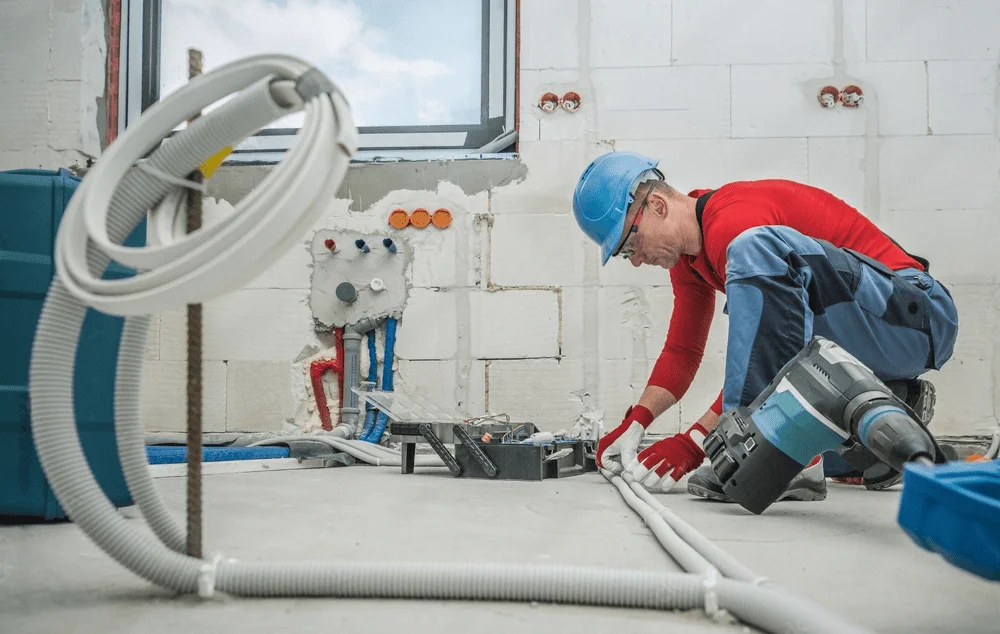There are several common mistakes people make when installing PVC conduit. Here are a few of them:
Índice
AlternarIncorrect conduit size
One of the most common mistakes is selecting the wrong size of conduit. It’s important to choose the right size conduit to accommodate the wires that will be placed inside it. If the conduit is too small, it can cause a bottleneck that makes it difficult to pull the wires through. If the conduit is too large, it can be more expensive and may require additional fittings.
Poor planning
Another common mistake is poor planning. Before installing PVC conduit, it’s important to plan out the layout and make sure it will meet all of the electrical code requirements. This includes ensuring that the conduit is properly supported, making sure that the bends are not too sharp, and avoiding running conduit in areas that are exposed to excessive heat or moisture.
Improper cutting
Another common mistake is improper cutting of the conduit. If the conduit is cut too short, it may not reach the intended destination, and if it’s cut too long, it may be difficult to install or require additional fittings. It’s important to measure carefully and cut the conduit to the correct length.
Overfilling the conduit
Overfilling the conduit with too many wires can be a common mistake. Overfilling the conduit can make it difficult to pull the wires through, and it can also create a fire hazard if the wires overheat. It’s important to follow the electrical code requirements forthe maximum number and size of wires that can be installed in a specific size of conduit.
Using incorrect fittings
Using incorrect fittings or not using fittings at all can also be a common mistake. Fittings are necessary to connect the conduit to other electrical components, and it’s important to choose the right type of fitting for the specific application. Using the wrong type of fitting or not using fittings at all can compromise the safety and performance of the electrical system.
Poor installation techniques
Poor installation techniques, such as failing to secure the conduit properly, can also be a common mistake. PVC conduit must be properly supported and secured using appropriate hangers or straps to prevent it from sagging or shifting over time. It’s important to follow the installation instructions and use the correct type of hardware for the specific installation.
Ignoring environmental factors
Ignoring environmental factors, such as temperature and moisture, can also be a common mistake. PVC conduit is designed to withstand a range of environmental conditions, but it’s important to avoid installing it in areas that are exposed to extreme heat or moisture. Failure to consider environmental factors can lead to damage or failure of the conduit or wires inside it.
To avoid these common mistakes, it’s important to carefully plan and prepare for the installation of PVC conduit, follow the manufacturer’s instructions, and adhere to all applicable electrical codes and regulations.










